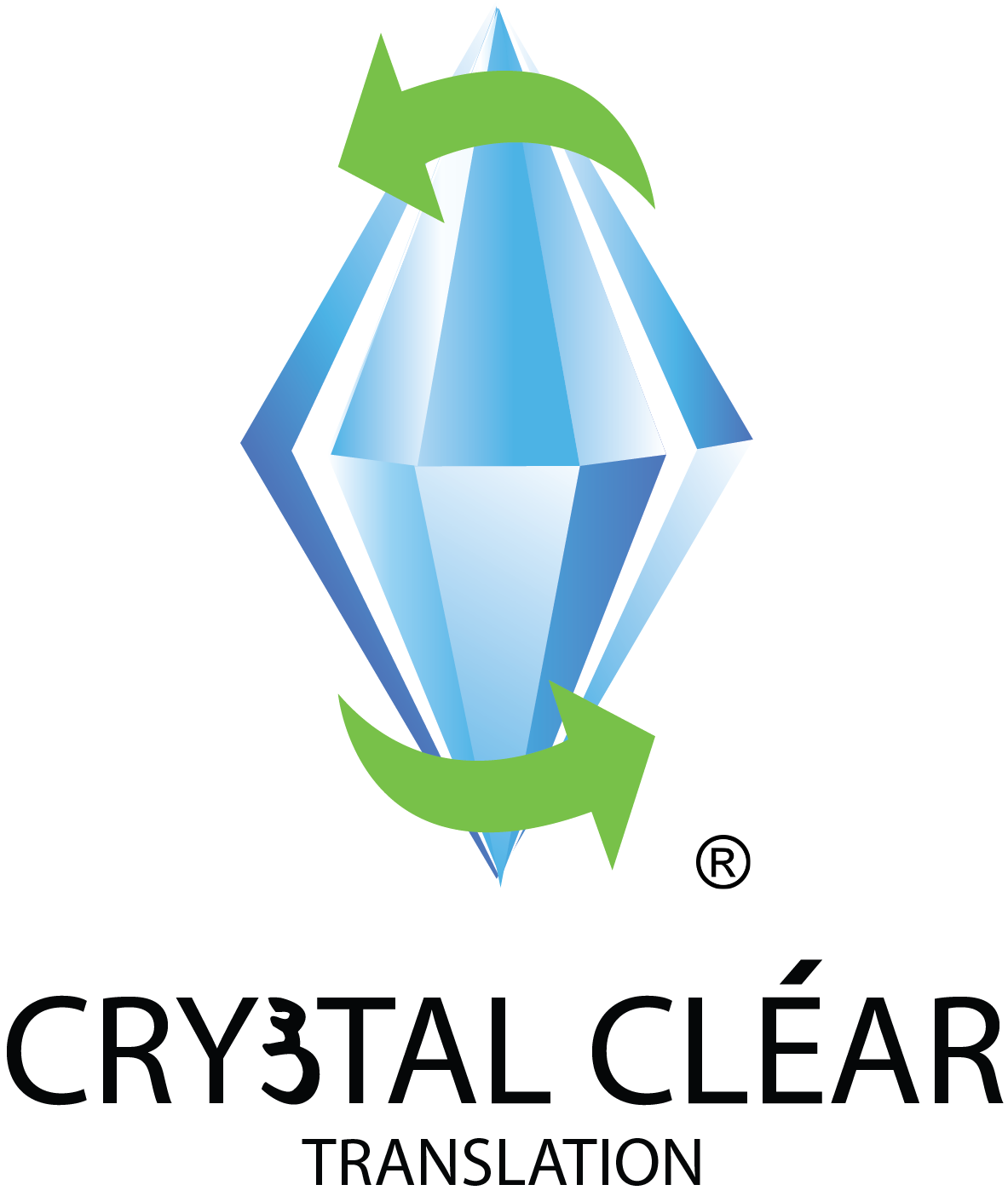Zarma (also known as Djerma) is one of the Songhay languages, which derive from Nilo-Saharan language family. The Songhay languages comprise two dialects, Northern Songhay and Southern Songhay (Zarma is a Southern Songhay language). The primary speakers of the Zarma language are the Zarma ethnic group, who live in Niger, Nigeria, Benin, Ghana and Burkina Faso. Most Zarma people live in Niger, accounting for around 21.2% of the population (around 4.92 million people). Of the approximately 4.92 million people of the Zarma group that live in Niger, around 3.12 million people are Zarma speakers.
Linguistic Features of the Zarma Language
Zarma is written in both the Arabic script and the Latin script, although, most speakers use a Latinised version of the language. Those Zarma speakers who write the language in the Arabic script utilise the Maghrebi and Naksh styles of writing. The Latinised Zarma alphabet is comprised of the same letters as the English language, albeit with the inclusion of the two letters “ŋ” (eng) and “ɲ”, which are written after vowels to indicate that they are nasalised vowels (pronounced using breath from the nose).
There are a number of different vowels and consonants in the Zarma language. The primary vowels of the Zarma language are “a” (pronounced as “ah”, like “father”), “e” (pronounced as “ey” like “obey”), “ay”, “I”, “o” and “u”. Regarding consonants, the majority used in Zarma are similar to those used in the English language, with a few exceptions. For example, the Zarma language uses the consonant “g” (a hard consonant pronounced in the same way as the “g” in “goose”),
In addition to this, the Zarma language uses the SOV (subject-object-verb) word order, and verbs written in the language do not use different forms when used for different tenses. For instance, sentences written in the negative form of the past tense feature the word “man” before the verb to indicate the negative. In the sentence, “Yesterday, I didn’t go to the market”, which translated into the Zarma language is “Bi ay man koy habu”, the verb “koy” (meaning “to go”) is prefixed by the word “man”.
Key Zarma phrases
- Hello – “Fo”
- Please – “Alhanan”
- My name is – “Ay ma…”
- I’m fine – “Bani samay walla”
- See you later – “Kala tonton”
- How much is…? – “Marje no…?”
- I want/I’d like – “Ay ga ba”
Is Zarma an official language?
The Zarma language is not an official language in Niger, or any of the West African countries within which the Songhay languages are most widely spoken. In fact, the official language in Niger is actually the French language. However, Zarma is regarded as a national language in Niger, and is used in both social and business environments. In addition to this, Zarma is also taught in primary education in Niger alongside English and French, and is also one of the languages used in media as well as publishing in Niger.
In Conclusion
Zarma may not be as widely spoken as the Hausa language, Zarma is an important lingua franca utilised by millions of speakers across West Africa, and is the most widely spoken language in Niamey, the capital city of Niger. The language has a fascinating history, used throughout the Songhai Empire in the 15th century, and as a growing language, Zarma is spoken by an increasing number of people in Niger and in other West African countries, like Nigeria, Mali, Benin and Ghana.
Since Zarma is not mutually intelligible with the other Songhay languages, it is important that any translator or interpreter you need to translate Zarma is fluent in the Zarma language. If you should require translation or interpretation of the Zarma language, or any language or dialect, you may be interested in the excellent services provided by Crystal Clear Translation. At CCT, we employ many efficient and reliable translators able to navigate the intricacies of many different languages and cultures. Click here for a quote if you should need interpretation or translation services in a multitude of different languages.


